Introduction
In the rapidly evolving world of sustainable energy, smart contracts and tokenization are emerging as game-changers. These technologies have the potential to redefine how carbon credits are utilized to fund innovative energy solutions. But what exactly are smart contracts and tokenization, and how can they transform the carbon credit market? In this blog, we’ll explore their impact and the exciting possibilities they bring.
Understanding Smart Contracts and Tokenization
Smart Contracts: Smart contracts are self-executing contracts with the terms of the agreement directly written into code. They automatically enforce and execute contract terms based on predefined conditions, eliminating the need for intermediaries.
Tokenization: Tokenization refers to the process of converting rights to an asset into a digital token on a blockchain. Each token represents a piece of ownership or value, allowing assets to be traded and managed more efficiently.
The Role of Smart Contracts and Tokenization in Carbon Credits
1. Enhanced Transparency and Traceability: Smart contracts provide a transparent and immutable record of all transactions. This transparency ensures that carbon credits are accurately tracked from issuance to retirement, reducing fraud and double counting.
2. Streamlined Transactions: Traditional carbon credit transactions can be cumbersome and involve multiple intermediaries. Smart contracts automate these processes, reducing transaction costs and speeding up the time required to complete deals.
3. Increased Accessibility: Tokenization makes carbon credits more accessible by enabling fractional ownership. This means that smaller investors can participate in carbon credit markets, broadening the pool of funding available for energy innovation projects.
4. Improved Market Liquidity: With tokenized carbon credits, trading can occur 24/7 on digital platforms, enhancing market liquidity. This flexibility allows for quicker adjustments to supply and demand, stabilizing prices and encouraging investment in green technologies.
Real-World Examples and Case Studies
Case Study 1: Explore how a specific project has used smart contracts to streamline its carbon credit transactions. Highlight the benefits realized, such as reduced costs and increased efficiency.
Case Study 2: Examine a tokenization project that has democratized access to carbon credits. Discuss the impact on investor participation and funding for energy innovation.
Challenges and Considerations
1. Regulatory Hurdles: The integration of smart contracts and tokenization into carbon credit markets faces regulatory challenges. Ensuring compliance with existing laws and adapting regulations to new technologies is crucial for widespread adoption.
2. Technological Barriers: Implementing blockchain technology requires a robust infrastructure. Addressing technical issues and ensuring security are vital for the success of smart contracts and tokenization in carbon credits.
3. Market Adoption: For these technologies to gain traction, industry stakeholders must embrace and adapt to the changes. Education and collaboration among parties are key to overcoming resistance and achieving widespread adoption.
Conclusion
Smart contracts and tokenization hold transformative potential for the carbon credit market and energy innovation. By enhancing transparency, streamlining transactions, and increasing accessibility, these technologies are paving the way for a more efficient and equitable system. As the industry continues to evolve, embracing these innovations could be the key to accelerating progress toward a sustainable future.















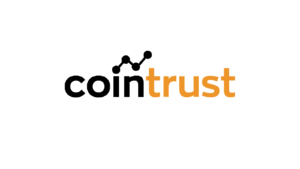
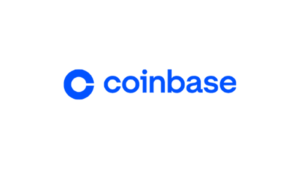







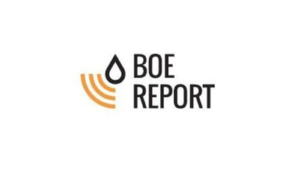


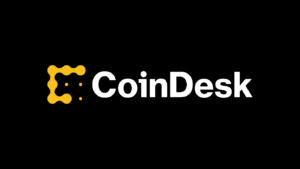



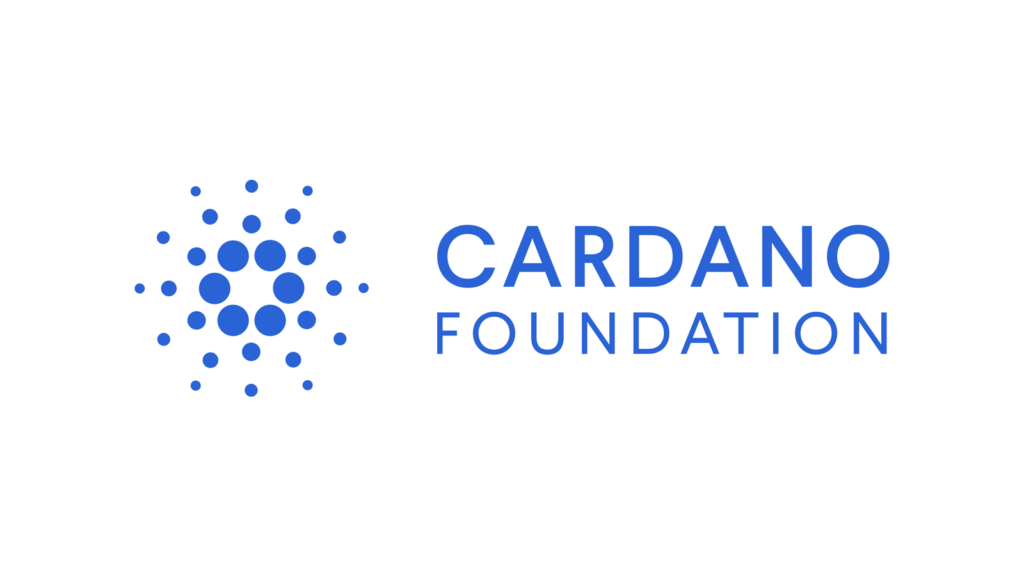
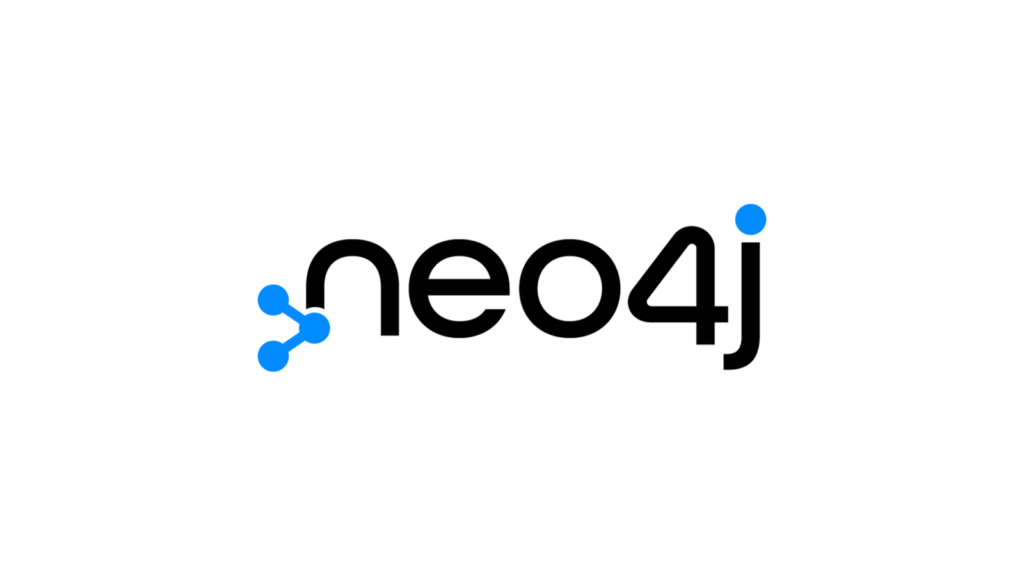




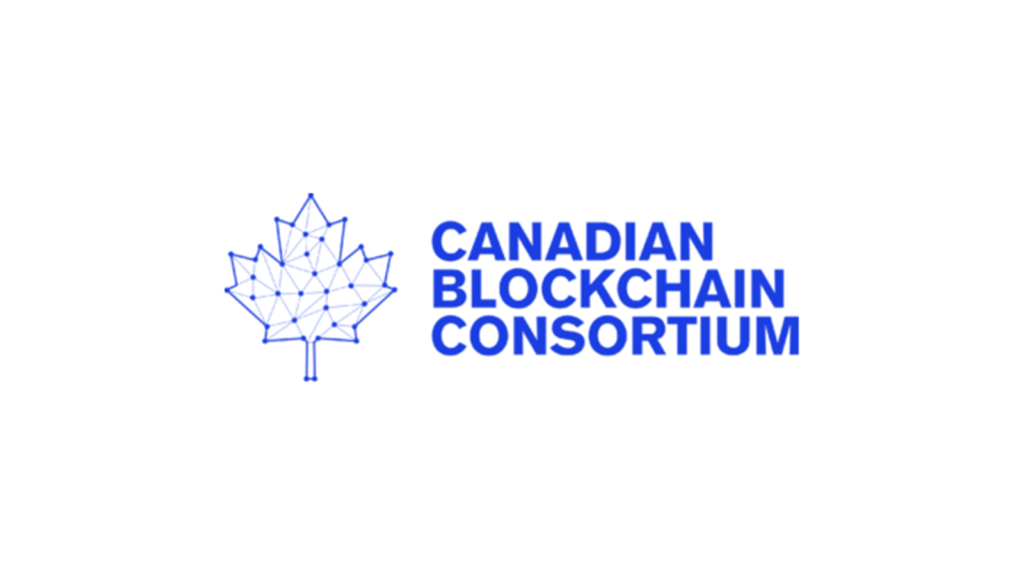
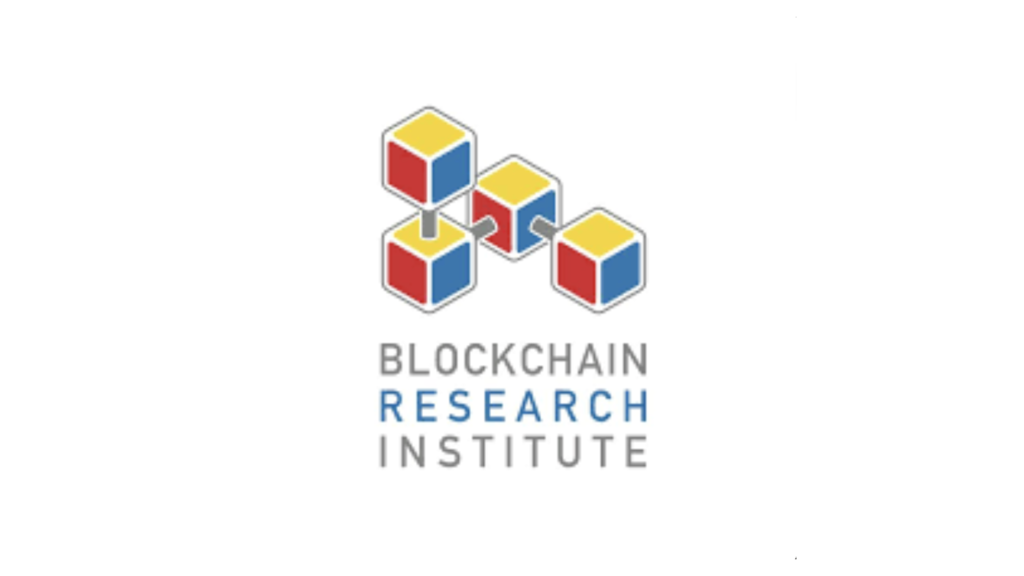





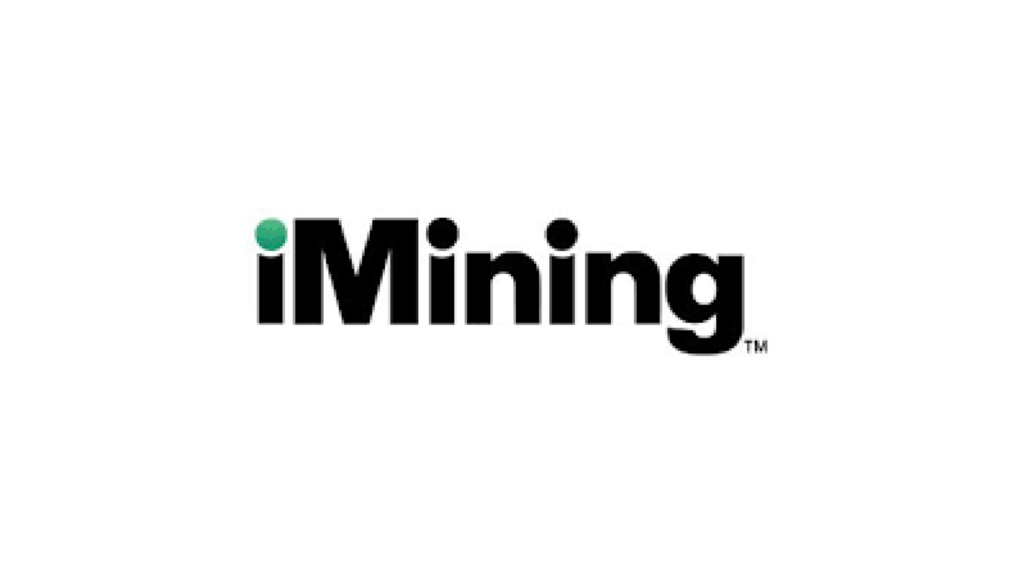

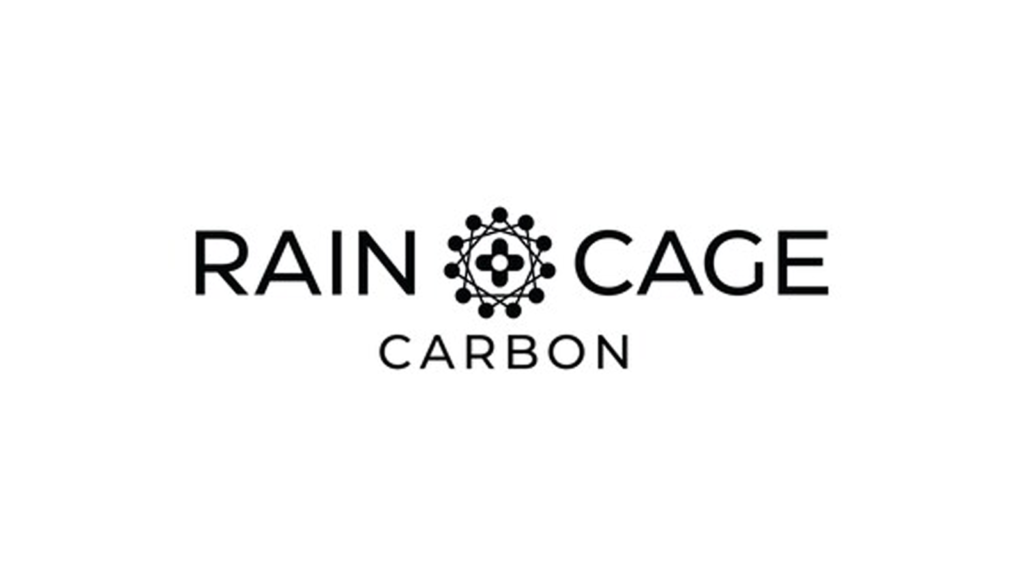
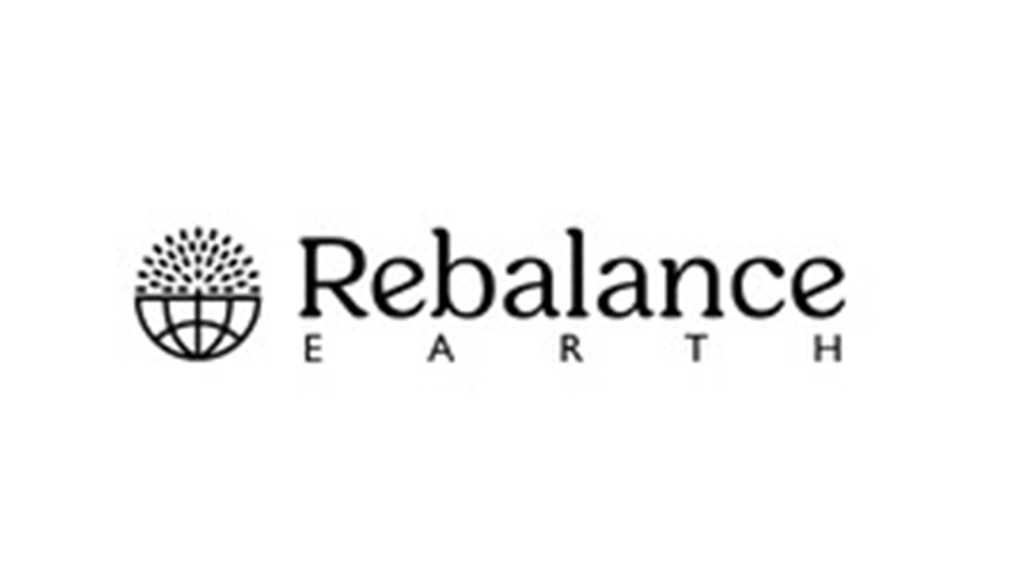

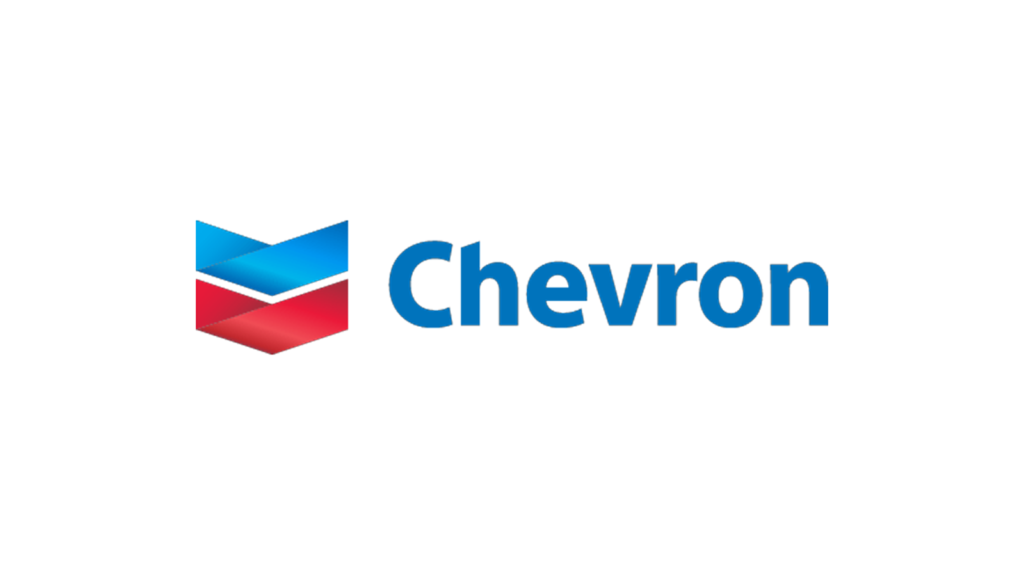
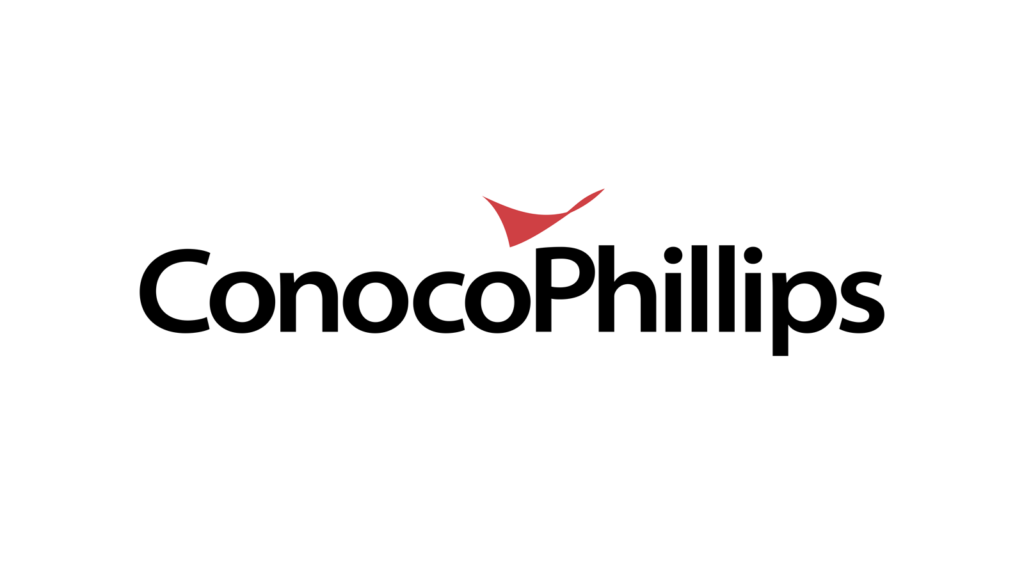
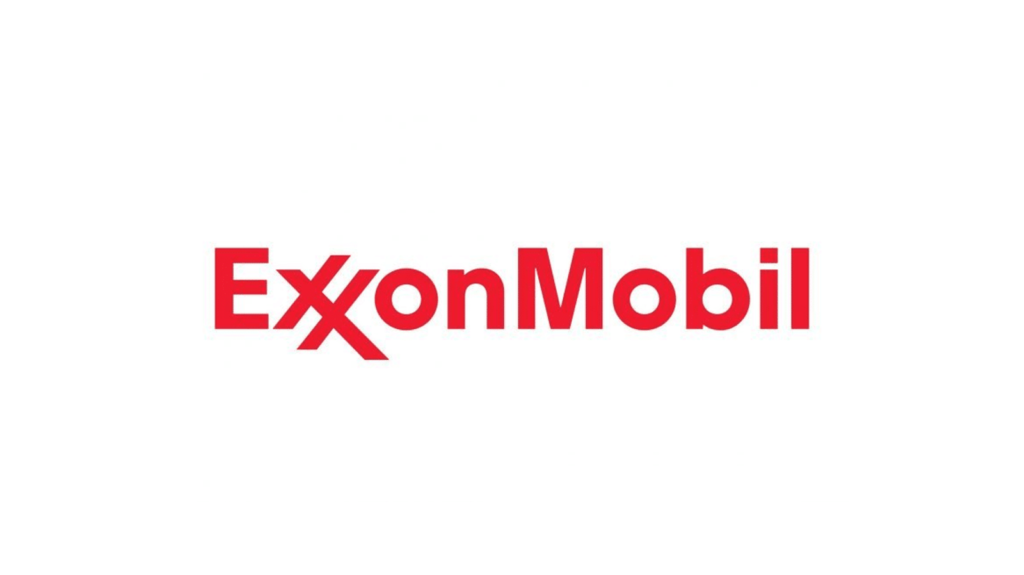


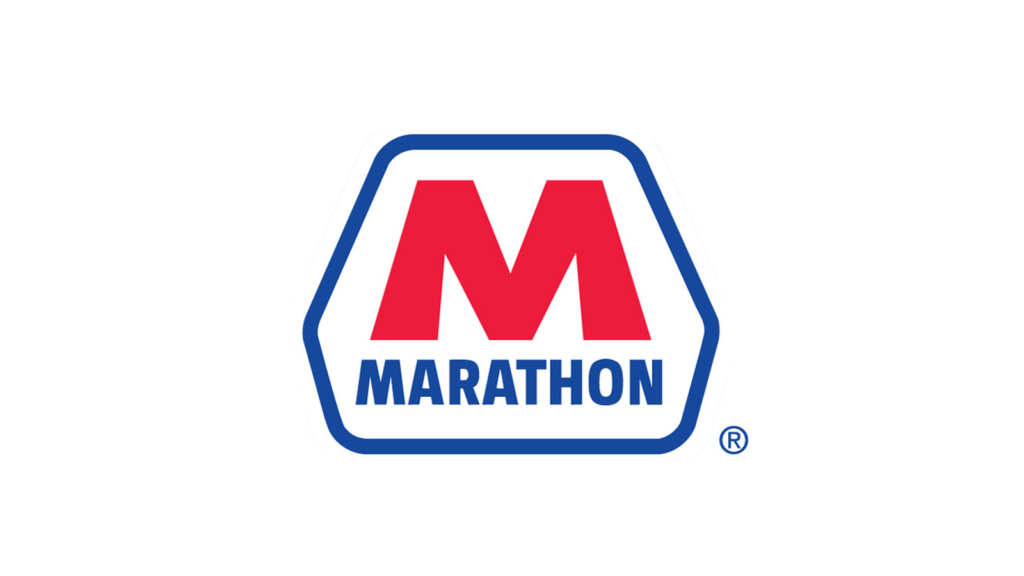

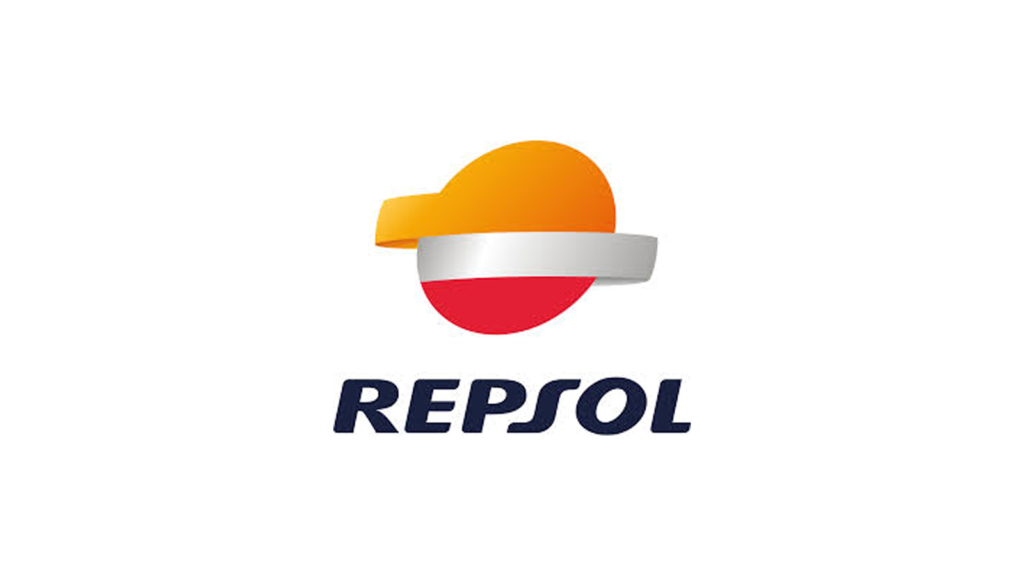

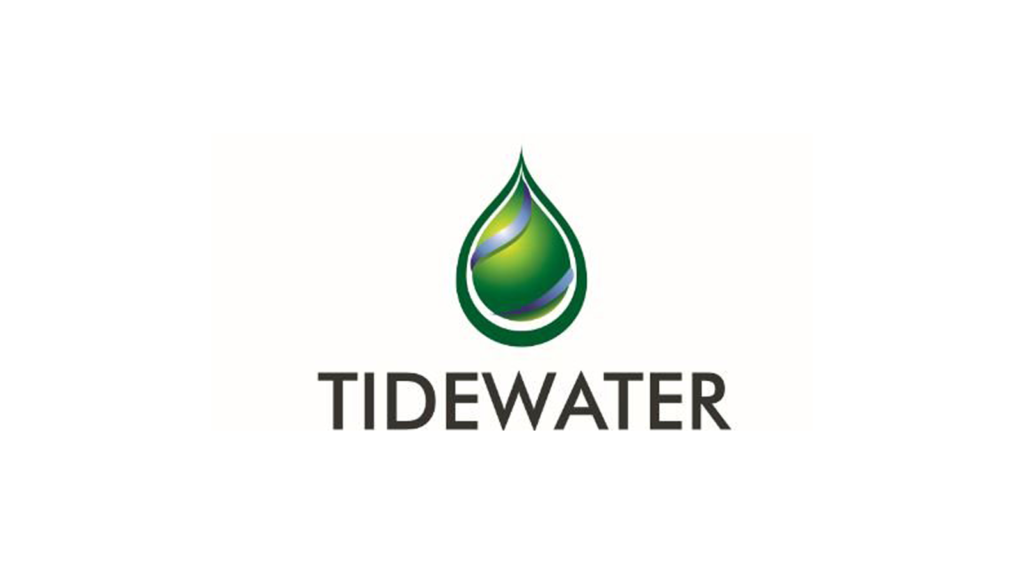


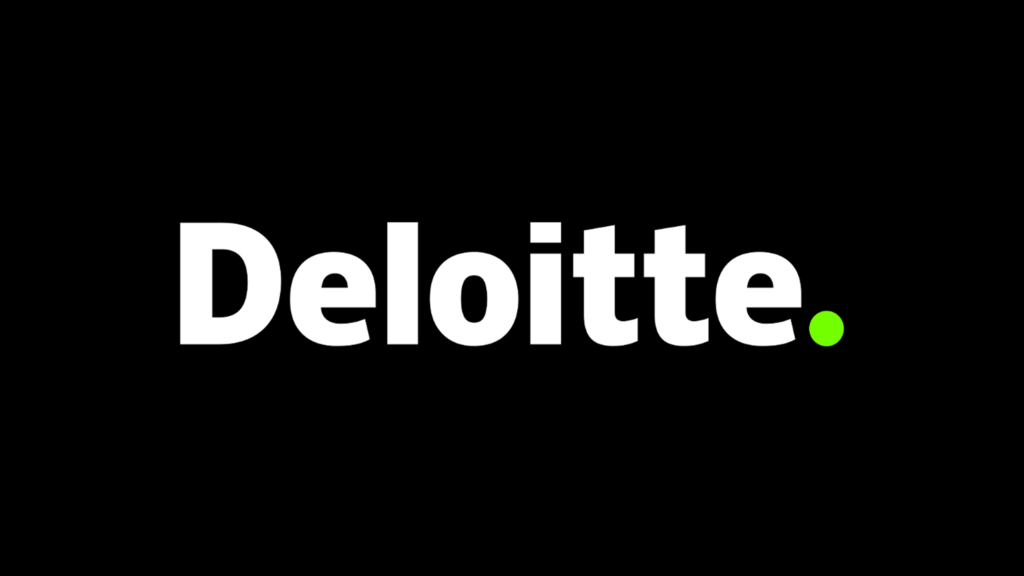





You must be logged in to post a comment.